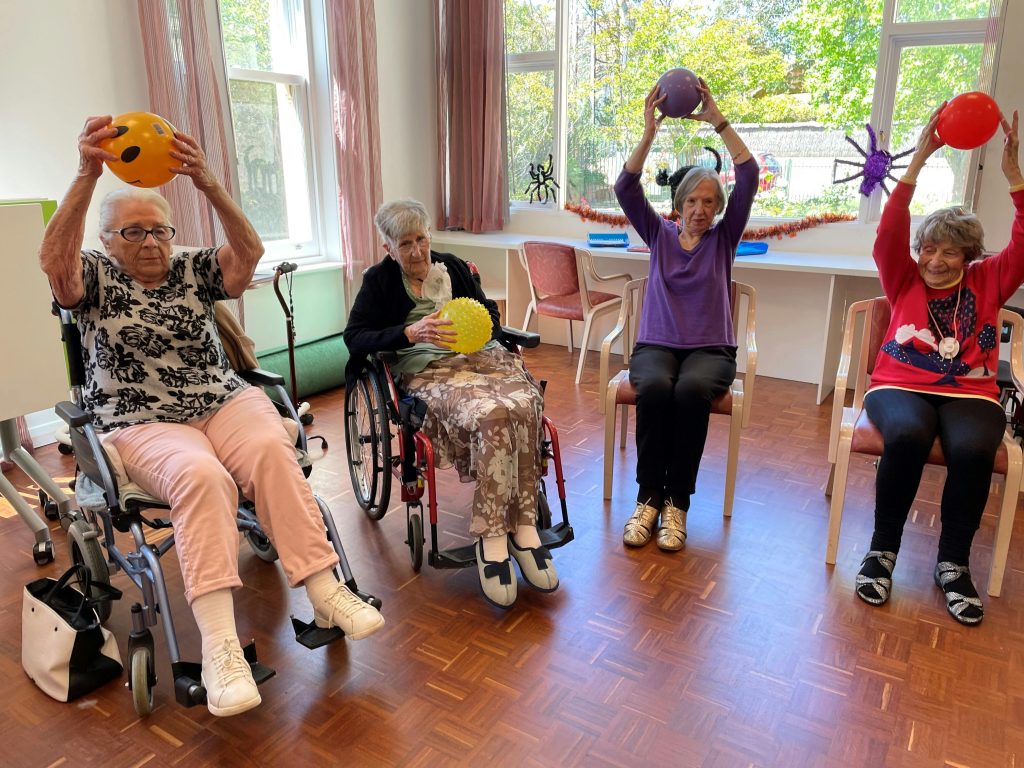Memory care facilities play a crucial role in providing specialized care for individuals with Alzheimer’s disease and other forms of dementia. In an increasingly digital age, the design of a memory care facility’s website is not only a virtual gateway but also a key component in establishing trust, conveying essential information, and fostering connections with families seeking specialized care for their loved ones. In this comprehensive guide, we explore the essential elements that contribute to an effective and empathetic memory care facility website design, ensuring it stands out and provides a valuable resource for families navigating the challenging journey of dementia care.
I. Intuitive Navigation and User-Friendly Design
A. Clear Menu Structure
Navigating a memory care facility website should be intuitive. Employ a clear menu structure that includes:
- Home: An inviting introduction to the facility.
- About Us: Detailed information about the facility’s history, mission, and values.
- Services: A breakdown of memory care services offered.
- Facilities: Virtual tours, images, and details about living spaces.
- Resources: Educational materials for families dealing with dementia.
- Contact: Easily accessible contact information and inquiry forms.
B. Responsive Design
With an increasing number of users accessing the internet on mobile devices, a responsive website design is imperative. Ensure that the website adapts seamlessly to various screen sizes, providing an optimal viewing experience on smartphones, tablets, and desktops.
II. Engaging and Informative Content
A. Compelling Imagery and Virtual Tours
Utilize high-quality images that capture the essence of the facility and its welcoming environment. Consider incorporating virtual tours to provide families with an immersive experience, allowing them to explore communal spaces, bedrooms, and outdoor areas.
B. Resident-Centric Stories and Testimonials
Create a section dedicated to sharing resident stories and testimonials. Highlighting positive experiences can instill confidence in families seeking care for their loved ones. Use authentic images and narratives to convey the compassionate care provided.
III. Educational Resources for Families
A. Comprehensive Information on Memory Care
Provide in-depth resources about dementia, Alzheimer’s disease, and memory care. This section should cover:
- Types of Dementia: An overview of different types of dementia.
- Symptoms: Detailed information about common symptoms.
- Care Approaches: Insights into specialized memory care approaches.
- FAQs: Address common questions and concerns families may have.
B. Blog Section with Informative Articles
Maintain an active blog with articles on relevant topics, including caregiving tips, the latest advancements in memory care, and advice for families navigating the challenges of dementia. Use the blog as a platform to share expertise and establish the facility as a trusted resource.
IV. Accessibility and Inclusivity
A. Readability and Font Choices
Prioritize readability by choosing clear, legible fonts. Ensure that text contrasts well with the background to accommodate users with visual impairments. Use a font size that is easily readable across various devices.
B. Language Accessibility
Offer content in multiple languages to cater to diverse communities. Consider implementing translation tools or providing downloadable resources in different languages to ensure inclusivity.
V. Contact and Inquiry Features
A. Easily Accessible Contact Information
Place contact details prominently on every page. Include a dedicated “Contact Us” page with a contact form, phone number, and email address. Offer multiple channels for families to reach out.
B. Online Inquiry Forms
Simplify the inquiry process with online forms. Collect essential information about the potential resident’s needs, enabling the facility to provide tailored responses during follow-up communications.
VI. Security and Privacy Measures
A. Secure Handling of Personal Information
Clearly communicate the facility’s commitment to privacy and data security. Implement secure protocols for handling personal information submitted through inquiry forms or online applications.
B. HIPAA Compliance
If applicable, ensure that the website complies with the Health Insurance Portability and Accountability Act (HIPAA) regulations. This is especially crucial when sharing resident testimonials or any information that could be considered protected health information (PHI).
VII. SEO Optimization for Visibility
A. Keyword-Rich Content
Incorporate relevant keywords naturally throughout the website content to enhance search engine visibility. Use terms such as “memory care facility,” “Alzheimer’s care,” and “dementia support” strategically in headings, meta tags, and informative sections.
B. Local SEO Strategies
Optimize the website for local search by including location-specific keywords. This is vital for attracting families in the facility’s geographical area. Include the facility’s name, address, and phone number consistently across the website.
VIII. Responsive Customer Support
A. Live Chat Functionality
Consider implementing a live chat feature to provide real-time assistance to website visitors. This instant support can address immediate inquiries and enhance the overall user experience.
B. Clear Communication Channels
Clearly outline communication channels, response times, and avenues for families to seek additional information. Establish transparent expectations for ongoing support and communication.
IX. Continuous Updates and Maintenance
A. Regularly Updated Content
Frequently update the website with fresh content, including blog posts, event announcements, and any changes in facility offerings. Regular updates signal to visitors and search engines that the facility is actively engaged.
B. Monitoring and Analytics
Utilize website analytics tools to monitor user behavior, track page views, and assess the effectiveness of various elements. Adapt the website strategy based on analytics insights to continually improve user experience and search engine performance.
In conclusion, the design of a memory care facility website is a multifaceted process that goes beyond aesthetics. By incorporating the essential elements outlined above, memory care facilities can create a digital presence that not only attracts families but also provides valuable resources and support during their challenging journey. Implementing an empathetic and informative website design is not just about outranking competitors on Google; it’s about establishing trust and offering a virtual bridge for families seeking compassionate and specialized memory care for their loved ones.



